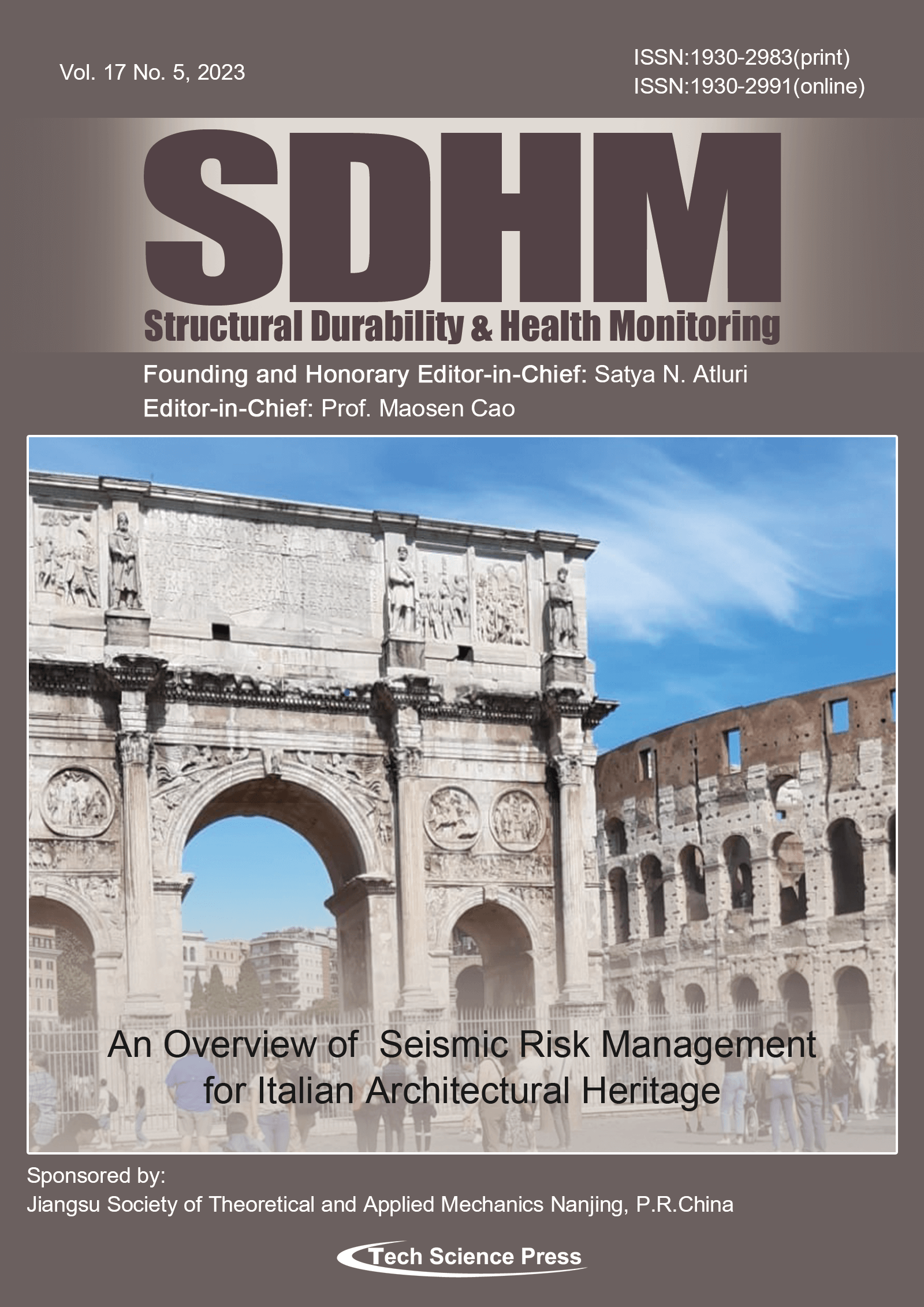
Italy features a high concentration of sites inscribed on the UNESCO World Heritage List. 58 Italian sites are recognized as the Intangible Cultural Heritage of Humanity placing. Also, Italy is characterized by a high exposure to natural hazards. Structural Health Monitoring (SHM) can be considered a nondestructive technique for structural assessment of architectural heritage, suitable for conservation according to the principle of minimum intervention. Given the complexity of the main technical activities to be performed after an earthquake, there is a need for more accurate methods based on Structural Health Monitoring.
View this paper